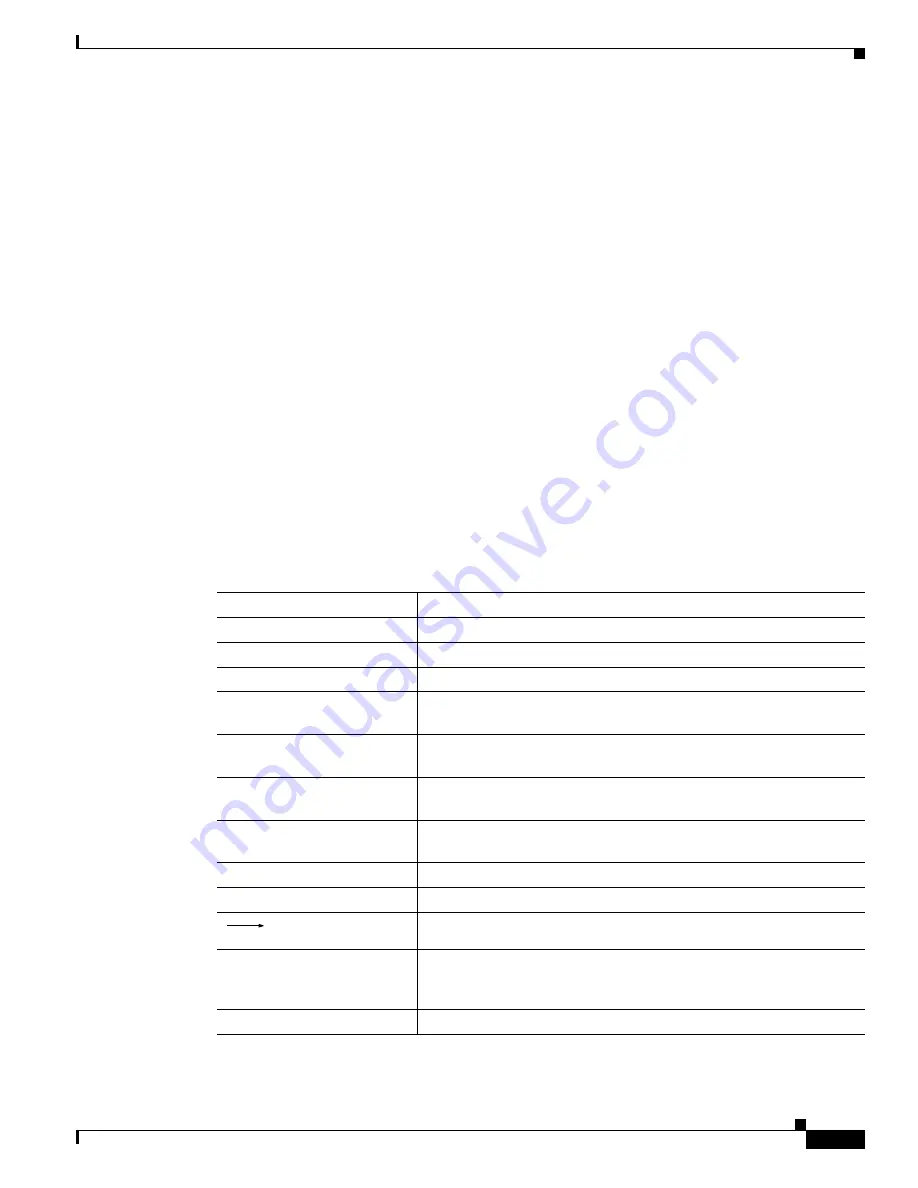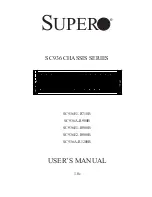
xiii
Cisco 7500 Series Installation and Configuration Guide
OL-5008-03 B0
Preface
Conventions
For comprehensive descriptions and examples of software configuration commands and the procedures
for implementing them, refer to the related software configuration and reference documentation listed in
the
“If You Need More Configuration Information” section on page 4-32
and to the Cisco IOS software
release note specific to the release of Cisco IOS software you are running on your system.
For a complete list of related documentation, refer to the
Cisco 7500 Series Routers Documentation
Roadmap
. Your router also ships with one of the following Quick Start Guides, along with the safety and
compliance documents listed below:
•
Cisco 7505 Router Quick Start Guide
(DOC-7812949=)
•
Cisco 7507 Router Quick Start Guide
(DOC-7813034=)
•
Cisco 7513 and 7576 Routers Quick Start Guide
(DOC-7812954=)
•
Regulatory Compliance and Safety Information for the Cisco 7500 Series Routers
(
DOC-784194=)
Cisco 7500 series routers include many different field-replacable units (FRUs), such as power supplies,
rack-mount kits, route switch processors, interface processors, versatile inteface processors, port
adapters, and so forth. The documentation flyer includes links to these documents.
Information is available online, on the Documentation CD-ROM, or as printed copies.
Conventions
This document uses the conventions listed in
Table 1
:
Notes use the following conventions:
Table 1
Conventions
Convention
Description
boldface font
Commands and keywords are in boldface.
italic font
Arguments for which you supply values are in italics.
[ ]
Elements in square brackets are optional.
{ x | y | z }
Alternative keywords are grouped in braces and separated by vertical
bars.
[ x | y | z ]
Optional alternative keywords are grouped in brackets and separated
by vertical bars.
string
A nonquoted set of characters. Do not use quotation marks around the
string or the string will include the quotation marks.
screen
font
Terminal sessions and information the system displays are in
screen
font.
boldface screen
font
Information you must enter is in
boldface screen
font.
italic screen
font
Arguments for which you supply values are in
italic screen
font.
This pointer highlights an important line of text in an
example.
^
The symbol ^ represents the key labeled Control—for example, the
key combination ^D in a screen display means hold down the Control
key while you press the D key.
< >
Nonprinting characters, such as passwords, are in angle brackets.



































